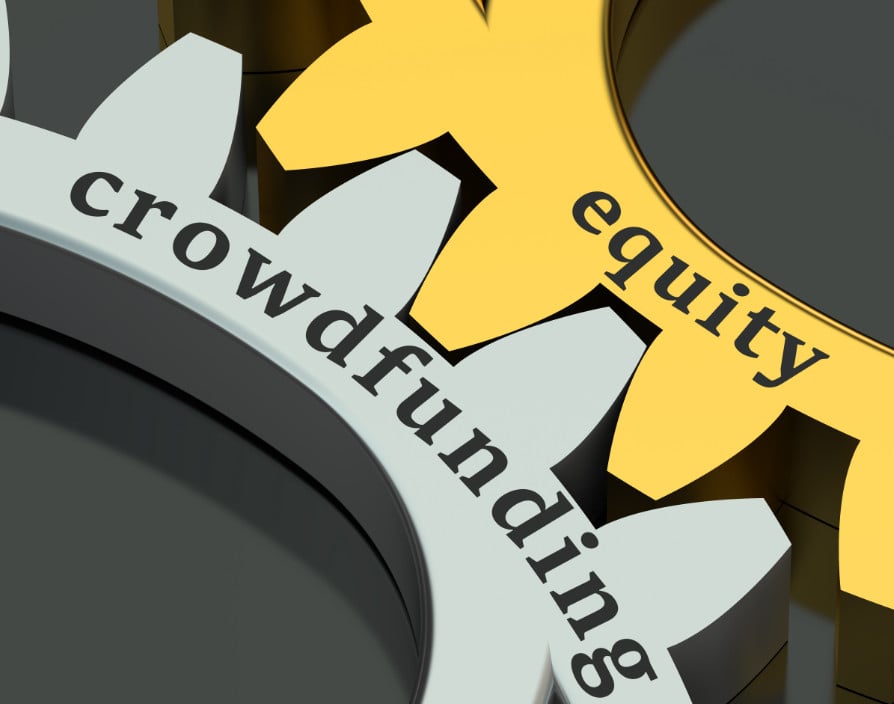Equity crowdfunding campaigns can bring great rewards to young and growth-stage businesses. Much needed funds, key allies in the form of new investors and a significant boost in brand recognition really help to propel a business forward.
However, to hit your fundraising target, you’ll need to do some serious planning. Campaigns can be a long slog and take several months to prepare all the materials you need, pass due diligence with the platform and court investors.
There will be many different deliverables at various stages so, as well as planning ahead, you’ll also need to think on your feet.
Having helped run campaigns for more than 60 companies on major equity crowdfunding platforms, I’ve created a roadmap which will help you to manage your time effectively and give yourself the best chance of success.
Phase 1
Gain
insight from existing investors
Before you start working on any materials, it’s worth speaking to any investors to get informal advice about your idea. Investors know what to look for in an investment opportunity, and their feedback will be indispensable when deciding how to go about writing your pitch materials in the weeks ahead.
Start with a concise ‘elevator pitch’ and know your key numbers and market stats off by heart.
Prepare
pitch materials
You’re going to have to produce a bunch of different materials to support your pitch. At the very least, you’ll need:
- A pitch page, with text and images
- A marketing plan
- A press release (and distribution list)
- A financial forecast, business plan and one-page executive summary
- A pitch video
It’s worth noting that scripting, shooting and editing a video can take a lot of time, particularly when you need to chase up partners, clients and investors to film testimonials. You’ll also need to be sure it all fits together and gets across the messages you need to in a compelling way, so make sure you allow enough time for this.
Finally, it helps to have one or two ‘fresh eyes’ in your campaign team – people who haven’t been involved in creating your pitch page or documents – who can provide feedback.
Prepare your evidence for pitch page for due diligence
Once you’ve prepared your pitch materials, the equity crowdfunding platform will want to check all the claims you’ve made in your pitch page and video. This means you’ll need to provide clear and substantial proof for every claim you make in these materials as and when the platform asks.
All this should be done during the writing stage of your pitch materials and, as due diligence always takes longer than expected, it helps to gather all your evidence as early as possible.
Whether including your sales to-date, the employment history of your team or the characteristics of your market, make sure you have the materials to prove it. To save time, have the platform check your script before you start filming, providing a citation to every claim you make in the video.
Phase 2
Begin pre-marketing
Now you’ll be ready to publish a landing page on your own website announcing your crowdfunding campaign, with a sign-up form to receive more information when the campaign goes live. Let as many of your contacts as possible know that you’ll soon be crowdfunding and direct them to this page.
You’ll probably want to contact your customers, partners, friends, family and others in their network to inform them of the raise and encourage them to invest and share news of the campaign. It’s also worth posting shout-outs on social media.
Meanwhile, use LinkedIn and Angel Investment Network to engage investors who might be interested in your proposition, with a key aim to find a cornerstone investor.
Prepare
a content plan for your campaign launch
While there’s a whole lot of content to write and admin to take care of during the pre-marketing stage, at least you have time on your side. Once your campaign is live, however, the pace picks up. As such, it’s best to prepare your platform updates, social media updates, and PR stories well in advance to ensure you’ve got plenty of content to share and drive traffic to your crowdfunding page.
Phase 3
Launch in private mode
Private live mode is the time when your cornerstone investors make their investment, giving you a significant boost towards your fundraising target and instilling confidence in other investors to back you. Private mode is also the time where anyone who has pre-registered for early access to your campaign is able to invest before the general public. Make sure you email everyone, who’s signed-up, with the link to access your page privately.
Launch
campaign and send out a press release
Now you’re ready to make your campaign live to the public and share it with the world. A great way to do so is by sending out a press release with a strong newsworthy angle to present to journalists (the fact that you’re crowdfunding isn’t newsworthy).
I’d recommend hiring a PR professional, ideally with crowdfunding experience, to help you with this aspect. While this isn’t a cheap option, it pays to have someone who knows what they’re doing, has press contacts, and knows how to get great media placements.
In the meantime, make sure you’re answering all investor questions and posting regular updates.
Phase 4
Hold an
investor event
Anticipate a lull in weeks 2-3 of your live campaign once the initial buzz of your campaign subsides. Fortunately, there are a few ways to bring back momentum. To open yourself up further to investors, organise a webinar to give them a presentation first-hand, and allow them to ask you anything.
You might choose to hold an in-person investor event, but this brings extra expense, planning and logistics. Wherever you hold it will also make it inaccessible for investors that aren’t based nearby. So, holding a webinar event can be just as effective, but at a fraction of the required resources and cost.
Make sure you tell as many potential investors as possible and give them at least a week’s warning. You can do so via investor updates on your crowdfunding page, social media posts and an Eventbrite page. Also make sure your instructions on how to access the webinar are very clear for the less tech-savvy investors.
Send a
second press release
Around the time you host your webinar, send out another press release. This must be fresh and not a rejig of your first one, as it won’t get past keen-eyed journalists. So, whether it’s a news-based piece written in third-person or an advice-based piece written in first-person, make sure it would be of interest to the readers of any publications you pitch to.
Launch
your final push
As your campaign draws to a close, you have a final chance to direct as many potential investors to your page as possible and really emphasise a sense of urgency. Use all your available digital channels to nudge those who have shown interest but not invested, alert any others of the opportunity, and ask your network to share the opportunity with others.
Close
campaign and collect funds
Once your campaign has closed (successfully, I hope!) you’ll need to start collecting the money committed by investors. This can take a while, as all platforms are required to complete anti-money laundering checks on investors and perform the final due diligence checks on your company before they release the funds to you. These can include anything from verifying loan agreements, reviewing contracts or checking IP rights, getting SEIS/EIS Advanced Assurance (if it hasn’t already come through), and receiving money from direct investors who are investing via the platform.
You should expect around 3-4 weeks minimum if your campaign is with Crowdcube, less if you’re with Seedrs (assuming all the back-end due diligence is completed and no direct investments are made).
Bonus tips
Call for backup
To put it lightly, running a crowdfunding campaign ain’t a one-person job. So, try to have at least four people supporting you with your campaign. This will make it far easier to prepare your materials, respond to questions from investors within a few hours and manage the rest of the workload.
Questions can come in 24/7, so it’s a good idea to work in shifts to manage forum activity. That way, everyone gets a break and there’s no danger two people answering the same question and contradicting one another.
Make sure your colleagues have the capacity to help you and call in an agency for support if you feel you’ll need backup. Remember that you’ll need to manage your day-to-day business workload as well. So, if your company is seasonal, don’t plan your crowdfunding campaign for your busiest time of the year!
Use
social tools to plan and communicate
We use Trello to set out tasks and deadlines, upload the relevant materials, and assign tasks to different colleagues. In its noticeboard-style, Trello is a great visual tool to help teams plan ahead. There are also some great alternatives like Asana and Basecamp.
Another tool for great organising and communication is Slack – a team collaboration tool that lets you instant message your colleagues easily. You can set up multiple chat channels to manage different elements of your campaign and even link up social media feeds to see your messages come in.
As you can probably tell, the equity crowdfunding process is more of a marathon than a sprint. There’s no doubt that it takes some meticulous planning, but stick to the above and you’ll have a far easier time staying on top of things. Good luck!
Share via:



















































